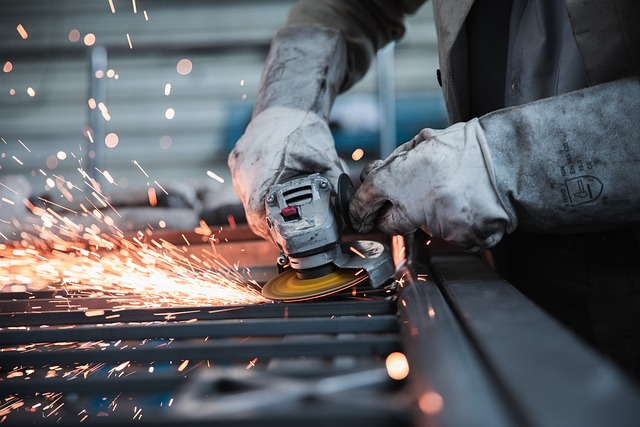In today’s rapidly changing world, the impact of human activity on our planet has never been more pronounced. One of the major contributors to greenhouse gas emissions is the steel production industry, which is essential for modern infrastructure but carries significant environmental consequences. As we confront the increasing urgency of climate change, it becomes critical to explore how steel production can transform from being a source of pollution to a driving force in emission reduction.
Steel, though often overlooked in discussions about environmental sustainability, plays a pivotal role in our daily lives. From the vehicles we drive to the buildings we inhabit, it is a cornerstone of modern civilization. However, the emissions produced during steel manufacturing contribute significantly to global warming. Traditional methods, primarily blast furnace technology, rely heavily on coal, emitting vast amounts of carbon dioxide into the atmosphere. This reality is sobering, especially as we witness the detrimental effects of climate change unfold in the form of extreme weather events, rising sea levels, and habitat destruction.
Yet, the steel industry is not without hope. Innovations in steel production are emerging that aim to mitigate its environmental impact. For instance, the implementation of electric arc furnaces (EAFs), which can utilize recycled scrap steel and operate with lower emissions, presents a promising alternative to traditional methods. By shifting to renewable energy sources and enhancing energy efficiency, we can reduce the carbon footprint associated with steel production significantly.
Moreover, the adoption of carbon capture and storage (CCS) technologies offers a pathway towards minimizing emissions. By capturing CO2 released during industrial processes and storing it underground, the steel production sector can take a proactive stance against climate change, rather than merely contributing to it. Such initiatives are not just about compliance with regulations but represent a proactive commitment to environmental stewardship.
In light of rising awareness around sustainability, companies within the steel industry are increasingly being held accountable for their environmental impact. Consumers, investors, and governments are demanding transparency and responsible practices. Businesses that prioritize green steel production not only fulfill their corporate social responsibilities but also stand to gain a competitive edge in a market increasingly favoring sustainability.
The path towards reducing the carbon emissions of steel production is a collective journey. It requires collaboration across the supply chain, from raw material extraction to final product delivery. Partnerships between manufacturers, technological innovators, and policymakers can harness resources to establish best practices and create standards aimed at substantially lowering emissions in steel manufacturing.
Ultimately, the steel production industry must evolve to meet the challenges posed by climate change. By embracing innovation and prioritizing sustainable practices, it can become a powerful ally in mitigating environmental impact. As we advocate for a cleaner, healthier planet, the role of steel production in combating climate change will be crucial. Acknowledging this potential and taking action can pave the way for a sustainable future.



